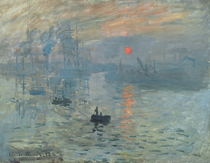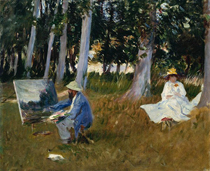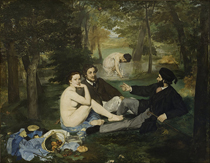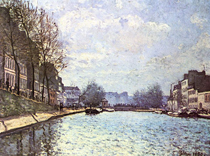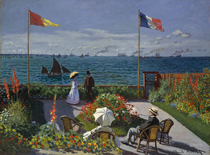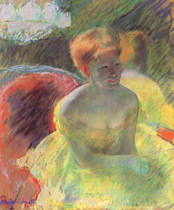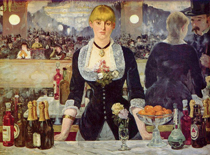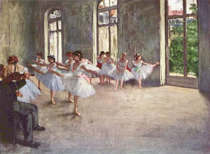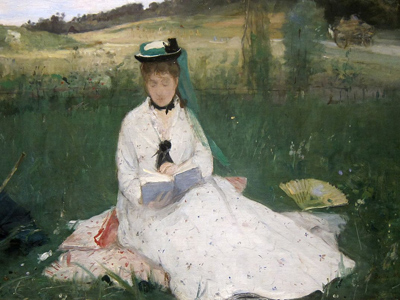
The Impressionists
This quiz addresses the requirements of the National Curriculum KS3 in Art and Design for children aged 11 to 14 in years 7 to 9. Specifically this quiz is aimed at the section dealing with understanding art movements and their influence on the world, and it focusses in particular on Impressionism and the Impressionist Movement.
In KS3 children will learn how to critically appraise historical works of art, as well as understand the influence ancient movements have had on art today.
The term 'Impressionist' was first used as an insult in response to an exhibition of new paintings in Paris in 1874. A diverse group of painters, rejected by the art establishment, defiantly set up their own exhibition. They included Monet, Renoir, Pissarro and Degas. The insult stuck and their work became known as Impressionism.
Try this quiz to get an 'Impression' of how much you know about Impressionism!
Click on the pictures for a closer look.
This painting is of St. Martin Canal in Paris and is by the British painter, Alfred Sisley, whose work was included in that first exhibition
Ready for more?
not all...
quizzers. Try to win a coveted spot on our Hall of Fame Page.






